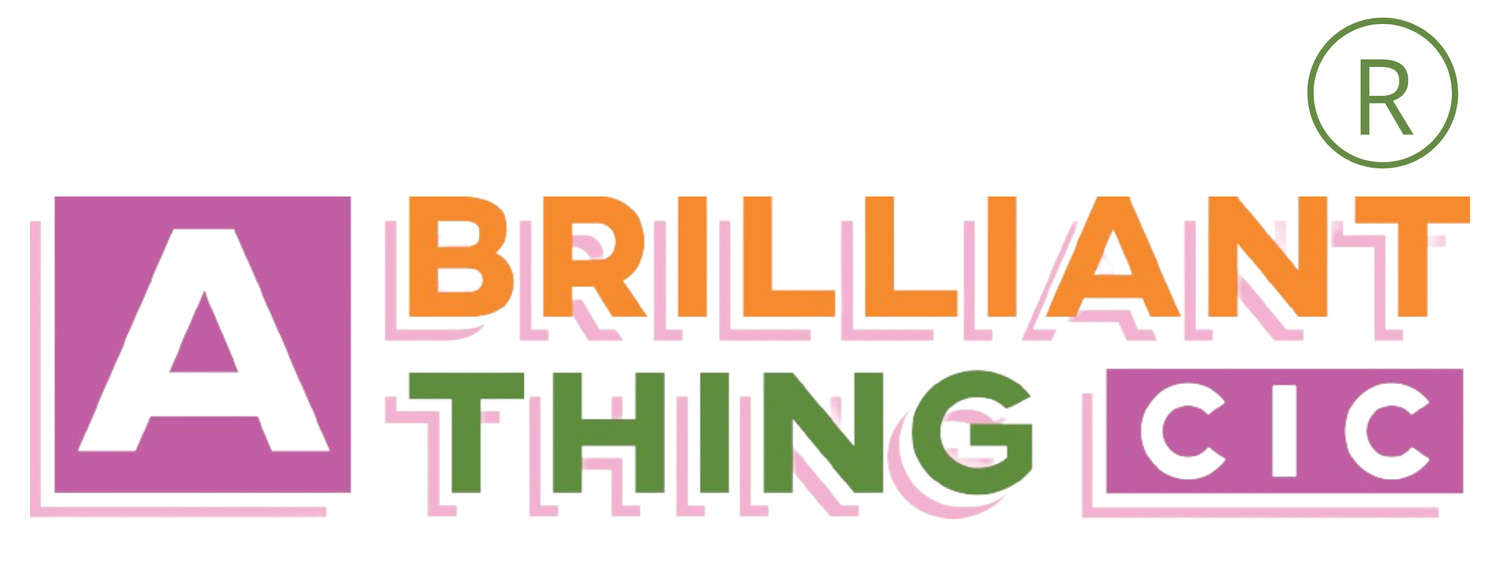Strategy is Dream Scaffolding
Have you ever had a dream that was so vivid and meaningful, it stayed with you long after you woke up?
In those first waking moments the colours, textures and sounds are so bright. As the day calls, coffee brews, hidden shoes and missing homework is found and that colourful dream slips away like a silk scarf leaving a a memory.
Ideas are like this too. Ideas might be shaped as business goals, life ambitions or personal desires. When we dream at work we dream of a memory not yet formed, a time and space in the future when ideas are real things.
As a society, we often focus on the tangible aspects of life – the things we can see, touch, and measure. But there is a less visible, yet equally important aspect of our lives, something that breathes life into our dreams – its our strategies.
Strategy is dream scaffolding, and scaffolding relies on good design.
On a building site, scaffolding maintains strength and stability of the structure while the build is in progress. At work our scaffolding is our strategy, maintaining strength and stability so we can achieve our organisation's goals and objectives. Strategy design involves understanding the current situation and all its moving parts, identifying opportunities and challenges, guiding through options, bringing everything together to work in harmony.
At its core, strategy design is about making choices. It's about deciding where to focus our efforts, what resources to allocate, and what risks to take. And it's about understanding that these choices have consequences – for ourselves, for others, and for the world around us.
It's also about being intentional, being clear about our values and our priorities, and aligning our actions with those values and priorities. Strategy design involves honesty, both with ourselves and others about what we can and cannot accomplish, and being willing to course correct when needed.
Strategy design is a powerful tool for creating positive change.
At A Brilliant Thing CIC we love using strategy design as a way of helping organisations harness collective talents and resources to address the challenges they face, and to create a better future for teams and others impacted by their work. The approach goes hand in hand with coproduction and collaboration and some of the best strategies we have worked on involved people from across organisations- not just the leaders. Successful strategies land in places where care and attention has been placed on developing the culture of the organisation and our design workshops model and encourage behaviours and ways of working that create learning focused, supportive and inclusive cultures.
Strategy design requires hard work and time. It requires us to be open to new ideas and to challenge our own assumptions. It requires us to be willing to take risks and to embrace failure as a learning opportunity.
But we can do that hard work in social, creative, imaginative ways that lend themselves to creating work that matters.
The true value of strategy design lies not in the plan itself, but in the journey of creating it. It's in the conversations we have, the relationships we build, and the lessons we learn along the way. It's in the moments of discovery, of growth, and of connection.
It's in the touch of humanity that we bring to our work and the way we bring our dreams to life.


